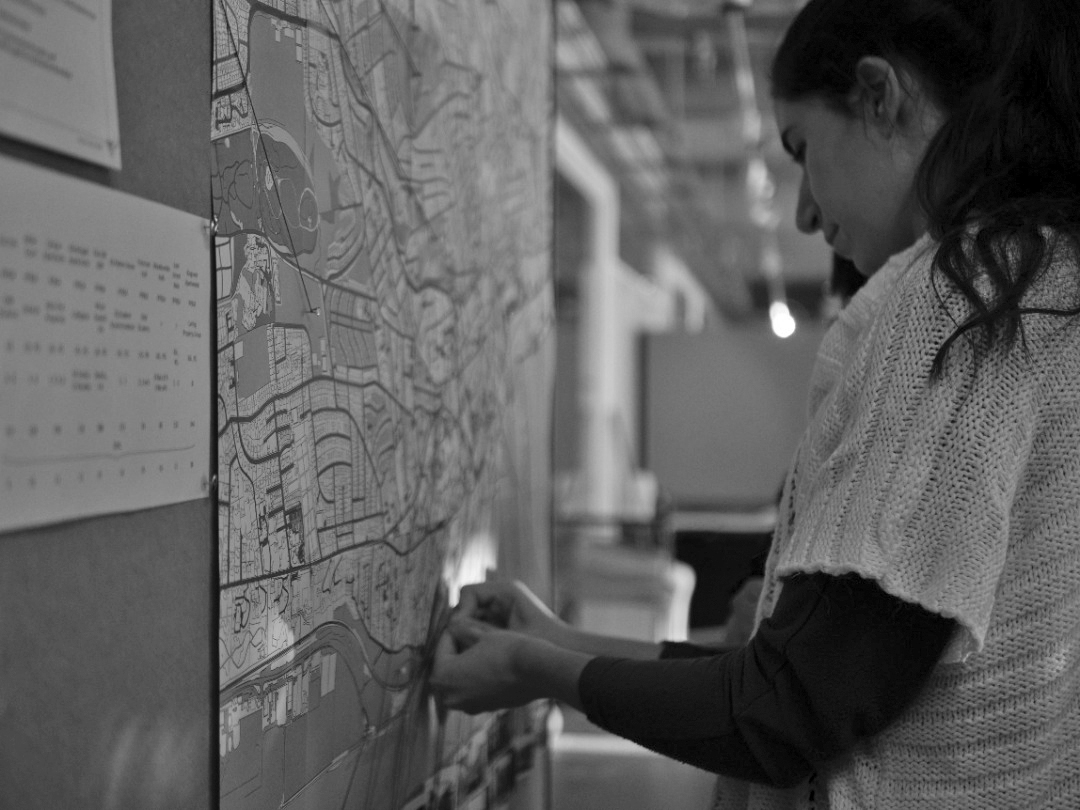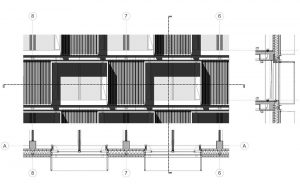
We often hear employers complaining that young college and university graduates nowadays lack confidence, ambition, determination and thinking-ability. Thinking-ability is a complicated topic and fully controlled by the brain; with the left brain in charge of logical thinking and the right brain in charge of creativity. Logical thinking needs to be cultivated into a habit, and curiosity is the driving force behind it. Curiosity can lead you to your passion.
I recently read a book -《学会思考》(Learn to Think), by Professor Daisy Lan Hung (洪兰); a Taiwanese psychologist, and founding director of the Institute of Neuroscience at the National Central University in Taiwan. In her book, she discussed the importance of imposing critical and logical thinking on students, and cultivating passion through methods of educating and upbringing. She also highlighted her concerns about the lack of passion in learning and teaching as well.
From my experience in architectural education, my concern is always the lack of passion of learning from university students. Parts of her book reminded me of this anecdote of the author who described this scene: A girl was attentively attending an art class, when the teacher walked over and asked her what she was drawing. She said without even looking up, ‘I am drawing God’, and the teacher laughed and said, “But, my dear, no one knows what God looks like! The little girl said, ‘Ok, but they will soon’.
Children were confident when they were young. When Primary One children were asked if they were creative, almost certainly the whole class would raise their hands. But when the same question was asked to college or university students, very few raised their hands, sometime none. How did these confident and creative children become insecure and disoriented young people when they finish the degrees and leave university?
My personal encounter for a child who was a regular winner of the art competitions in early stage for excellent drawing skills, but found to be lacking in individual thinking when she was asked to compose an artwork of her choice. ‘Can I have a sample to refer to?’ I then asked her ‘How did you compose all your previous wining artwork?’ ‘My mom just told me to open up the text books to find the beautiful images to copy.’ When I pointed out to her mother, she was unmoved and continued to modify her child’s painting in her own way. Another example is teacher supervising at the sidelines, ‘it is not supposed to be like this, there is no blue fruit on trees’. In fact, children’s paintings are often about what they want in their hearts, rather than what they see with their eyes. But we adults stipulate the parameters, and that is the reason why all of the primary school paintings look exactly the same.
The same goes for design projects, with standardized format of requirements from the Board of Architects (LAM) with prescribed briefs and stipulated response, so much so that students (and their teachers) focus on technical compliance rather than creative license.
Education can teach discipline but not conformity, particularly NOT in architecture.
How to cultivate Passion (as architecture students)
Just do it – ‘Sir, I am stuck’. My advice would be ‘Stop reasoning and move forward by producing sketches, diagrams, maquettes to seek the way out.’ The answer is always there after several trials and errors.
Learn to self-learn – Do your own research, take the initiative to gain knowledge that is not covered in the course. The Internet is undoubtedly the most favorable way for you to constantly update yourself.
Make the most of your time – School is a place where the returns are as much as you give, so try to be your best.
Persistence – While studying architecture, frustration will be part of your daily experience. Every year in the university is constantly testing whether you have the determination to continue studying this course, but if you really love this course, you must always keep in mind – be persistent; persistence leads to perseverance in life.
Learn to ask ‘Why, How & What’ – Architectural design is about trying out many different ways and methods, blindly copying the ideas on internet is not the best choice. You have to experience the process of seeking answers through questioning and answering to others; even to your lecturers, and most importantly to yourself. Go and watch ‘Golden Circle’ by Simon Sinek in YouTube.
Read as much as possible – Visit to the university library that archive design magazines and books.
Be patience – Always listen carefully to anyone giving advice or sharing thoughts. (even if you disagree sometimes).
Free creation – Do not confine yourself to institution guidelines, challenge the brief if you have a strong stand.
Explore other interest – Open up yourself to explore; many graduates do a lot of interdisciplinary work after graduation such as fashion design, graphic design, industrial design, publication, theatre, filming and so on.
Keep a humble attitude – One of the biggest pitfalls in architecture education is the schools make you believe that you are better than everyone else. You have to realize that you are a student; continue to learn.
Love what you do – Always be grateful in life and you will find your passion. You can learn about yourself and bring sparks joy in your life.
Written by,
Tay Tze Yong






